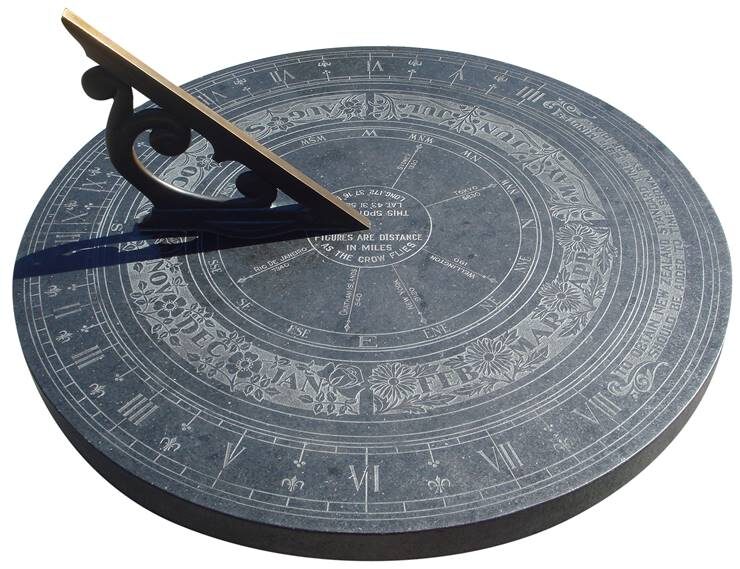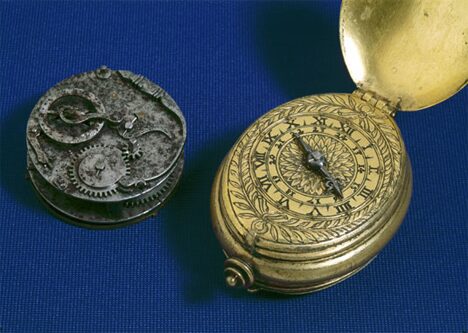Timekeeping is one of humanity’s most significant achievements. Imagine a world without clocks, where people relied on the position of the sun or the crowing of a rooster to gauge their daily routines. Over the centuries, the art and science of measuring time have evolved drastically, from simple sundials to the precise atomic clocks that govern our modern lives. Let’s journey through time and explore how we’ve learned to master it. Let’s drift through the history of time keeping.
The Dawn of Timekeeping: Nature as the First Clock

Before the invention of timekeeping devices, humans observed natural phenomena to track the passage of time. The rising and setting sun, the changing phases of the moon, and the shifting constellations were the earliest indicators of time.
The Role of the Sun and Stars

In ancient civilizations, the sun was a primary marker for time. Days were divided into periods of light and darkness. Nights were guided by the stars, which acted as celestial maps for navigation and time estimation.
Fun Fact:

The term “month” originates from the moon’s cycles, highlighting how celestial movements shaped early calendars.
Sundials: The First Mechanical Timekeepers

Around 1500 BCE, the Egyptians developed sundials, which used shadows cast by the sun to indicate the time of day. These devices were straightforward yet ingenious, relying on a gnomon (a vertical stick) to project a shadow onto a marked surface. This invention was significant in the history of time keeping,
The Civilization Experienced by Africa During the Early Rise and Development
How Sundials Worked
The position of the shadow indicated the hour, but sundials had limitations. They were useless on cloudy days or at night, making them unreliable for continuous time measurement.
Example:

We cannot talk about the history of time keeping without the ancient Greeks improved sundials by adding hour lines, making time measurement more accurate.
Water Clocks: Timekeeping in the Dark

To overcome the limitations of sundials, ancient civilizations invented water clocks, also known as clepsydras. These devices measured time based on the flow of water from one container to another.
Early Use in Egypt and Babylon
Water clocks appeared around 1500 BCE in Egypt and Babylon. They were particularly useful for tracking time at night and during overcast days.
Advantage:
Unlike sundials, water clocks functioned indoors, making them suitable for use in temples and royal courts.
Mechanical Clocks: A Leap Forward

By the 14th century, mechanical clocks emerged in Europe. These clocks used gears, weights, and escapements to measure time more accurately than ever before.
The Impact of Monasteries
Monasteries played a crucial role in the development of mechanical clocks. Monks needed precise timekeeping for their prayer schedules, which spurred innovations in clockmaking.
Famous Example:

The Salisbury Cathedral clock, built in 1386, is one of the oldest surviving mechanical clocks.
Pendulum Clocks: Precision Takes Center Stage

In 1656, Dutch scientist Christiaan Huygens revolutionized timekeeping by inventing the pendulum clock. The regular swing of the pendulum provided unprecedented accuracy.
Why Pendulums Worked
Pendulums rely on the force of gravity to maintain a consistent swing. This innovation reduced timekeeping errors from hours to mere seconds per day.
Fun Fact:
The first pendulum clock could keep time to within one minute per day—a remarkable improvement for its era.
Pocket Watches: Timekeeping Goes Mobile

The 16th century saw the invention of pocket watches, making timekeeping portable for the first time. These small, spring-driven clocks became symbols of wealth and sophistication.
The Role of Miniaturization
Advancements in metallurgy and engineering allowed clockmakers to shrink mechanisms, paving the way for portable timekeeping devices.
Cultural Impact:
Pocket watches became status symbols in Europe, often adorned with intricate designs and jewels.
The Rise of Wristwatches

Wristwatches became popular in the early 20th century, especially during World War I. Soldiers needed easy-to-access timepieces, and wristwatches provided a practical solution.
From Military to Mainstream
After the war, wristwatches transitioned from military use to everyday fashion. Companies like Rolex and Patek Philippe revolutionized the market with durable and stylish designs.
Example:
Rolex introduced the first waterproof wristwatch, the Oyster, in 1926, cementing its reputation for innovation.
Quartz Clocks: The Digital Revolution

The 20th century brought quartz clocks, which used vibrations of quartz crystals to keep time. These devices were far more accurate and affordable than mechanical clocks.
How Quartz Works
When electricity passes through a quartz crystal, it vibrates at a precise frequency. These vibrations drive the clock mechanism, ensuring exceptional accuracy.
Fun Fact:
Quartz clocks have an error margin of just a few seconds per year, making them ideal for mass production.
Atomic Clocks: The Ultimate Precision

The development of atomic clocks in the mid-20th century marked the pinnacle of timekeeping accuracy. These clocks measure the vibrations of atoms, such as cesium or rubidium, to maintain precise time.
How Atomic Clocks Work
Atomic clocks use the oscillations of atoms to define a second. Cesium-based atomic clocks, for example, rely on the consistent frequency of cesium atoms.
Example:
The NIST-F2 atomic clock in the United States is accurate to within one second every 300 million years.
Timekeeping in Modern Applications
Today, precise timekeeping underpins countless technologies, from GPS systems to financial markets.
GPS and Navigation
GPS satellites rely on atomic clocks to provide accurate location data. Without precise timekeeping, navigation systems would be unreliable.
Example:
Airline pilots and maritime captains depend on GPS for safe and efficient travel.
Financial Transactions
High-frequency trading in financial markets requires atomic clocks to synchronize transactions across the globe. Even a millisecond delay can result in significant losses.
The Future of Timekeeping
As technology advances, the quest for even more accurate timekeeping continues. Researchers are developing optical lattice clocks, which promise to be 100 times more precise than current atomic clocks.
Potential Applications
Improved timekeeping could enhance quantum computing, space exploration, and scientific research.
Example:
NASA is exploring advanced clocks for interplanetary navigation, enabling more precise missions to Mars and beyond.
Timekeeping in First World Countries
In developed nations, precise timekeeping drives innovation and efficiency.
Smart Cities
First-world countries use timekeeping for smart city applications, such as traffic management and energy distribution.
Example:
Singapore employs synchronized traffic lights to reduce congestion, improving commute times for residents.
Scientific Research
Institutions in countries like the United States and Germany rely on atomic clocks for cutting-edge research in physics and astronomy.
Example:
The LIGO observatory uses precise timekeeping to detect gravitational waves, opening new frontiers in astrophysics.
Conclusion: Timekeeping’s Timeless Journey
From simple sundials to sophisticated atomic clocks, humanity’s journey to measure time reflects our quest for order and understanding. Timekeeping not only shapes our daily lives but also drives technological progress, enabling advancements that were once the stuff of science fiction. As we look to the future, the evolution of timekeeping continues to inspire and amaze.
FAQs
1. What was the earliest method of timekeeping? The earliest methods relied on observing natural phenomena like the sun’s position, moon phases, and star movements.
2. Why were pendulum clocks so revolutionary? Pendulum clocks provided unprecedented accuracy, reducing timekeeping errors from hours to mere seconds per day.
3. How do atomic clocks work? Atomic clocks measure the oscillations of atoms, such as cesium, to maintain precise and consistent time.
4. What role does timekeeping play in GPS? GPS systems rely on atomic clocks to synchronize satellite signals, ensuring accurate location and navigation data.
5. What are the future advancements in timekeeping? Researchers are developing optical lattice clocks, which could be 100 times more precise than current atomic clocks, with applications in quantum computing and space exploration.


